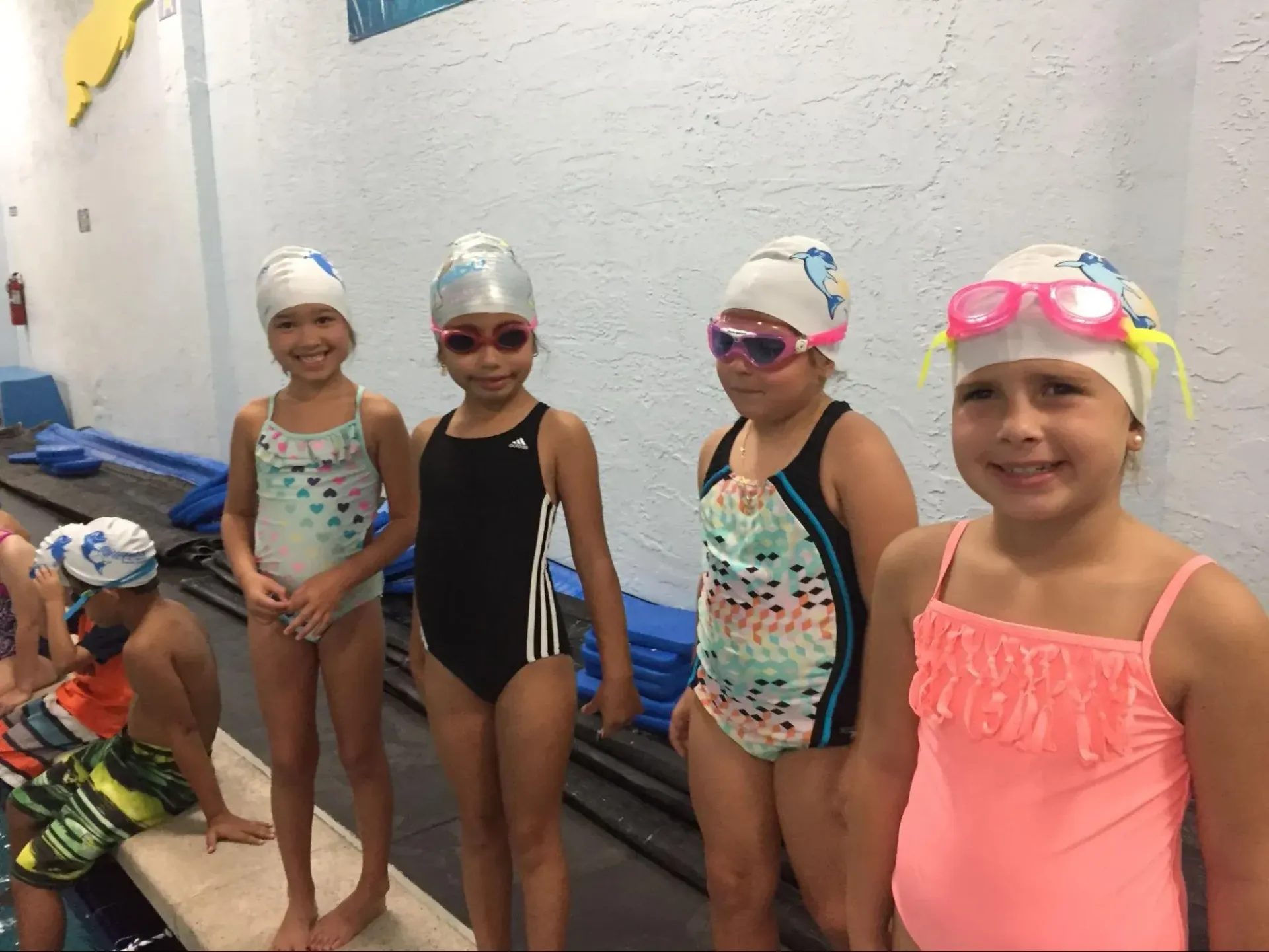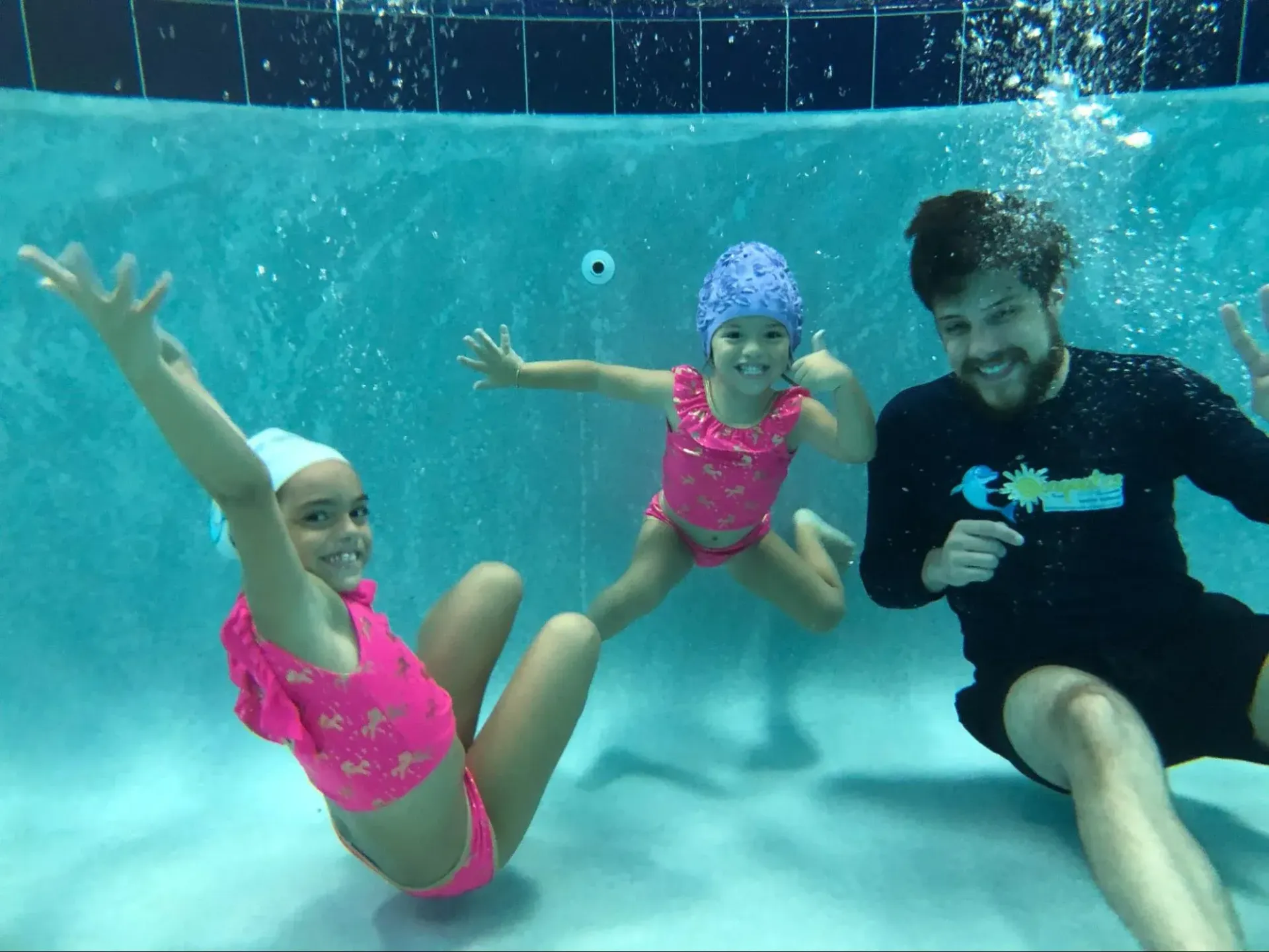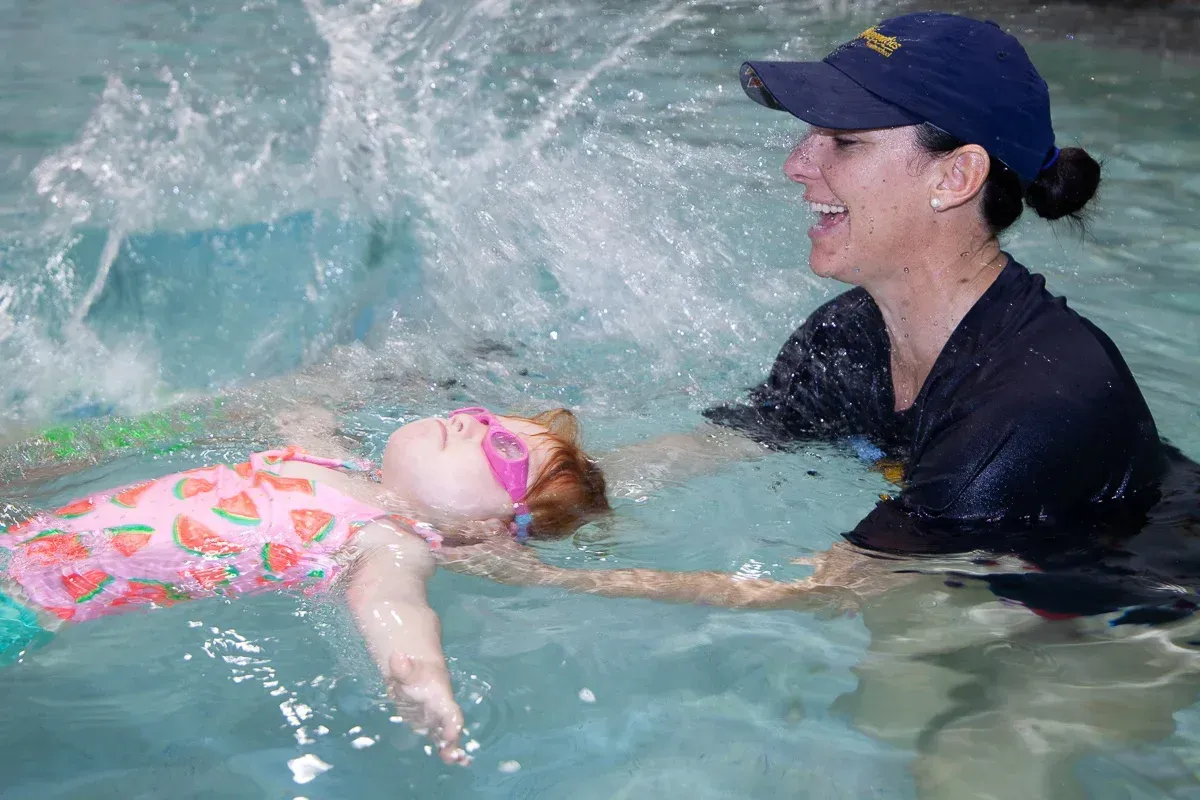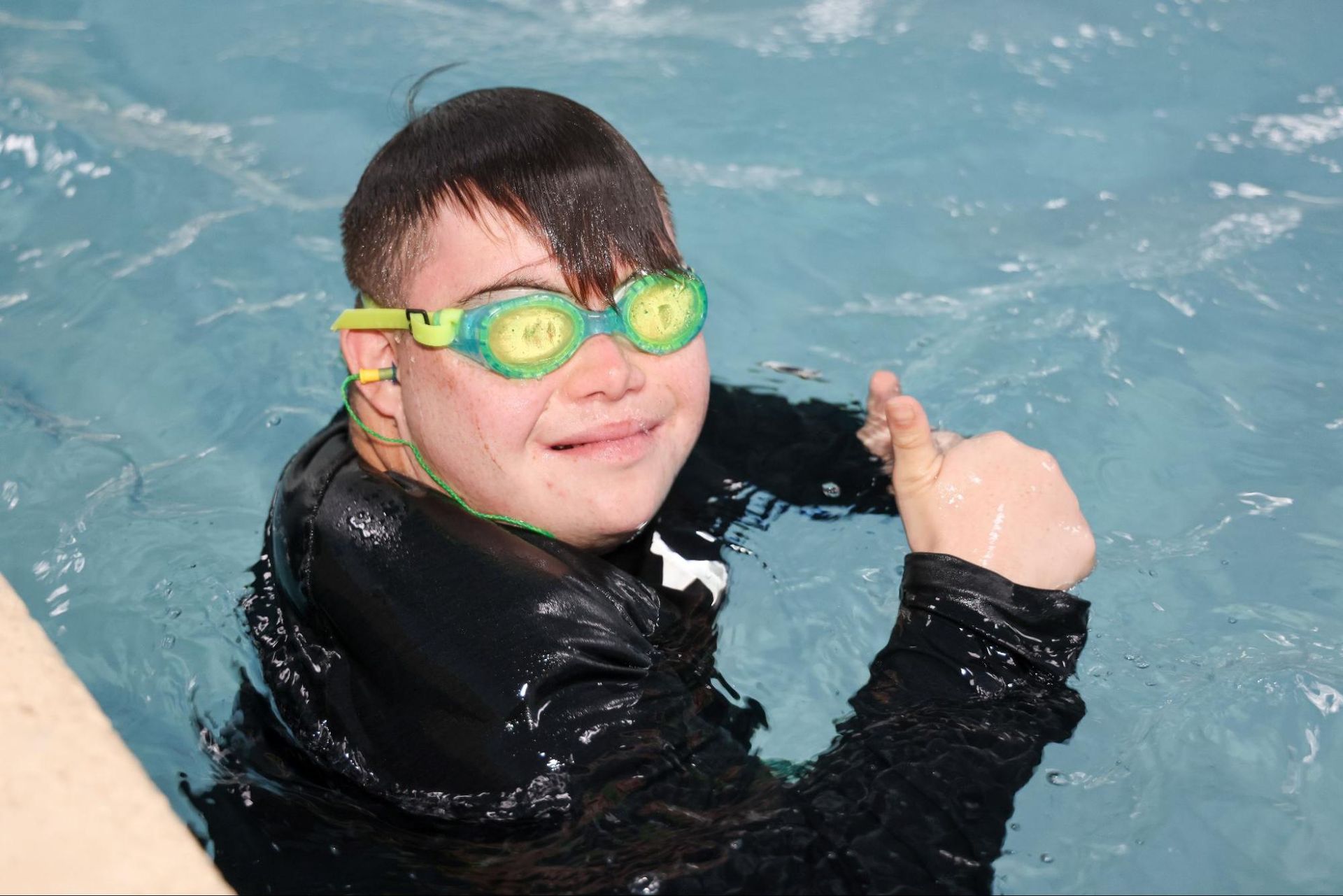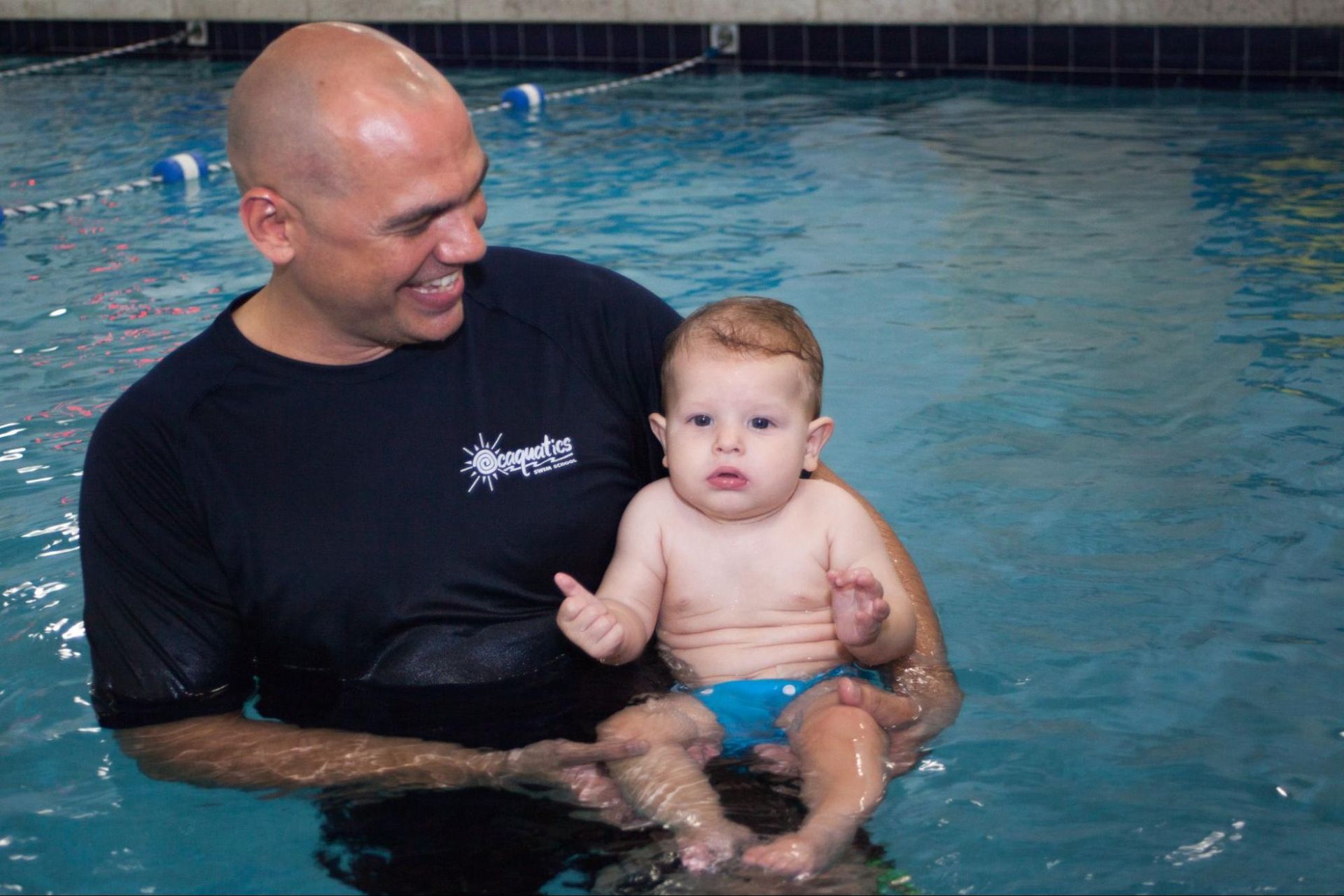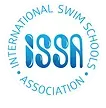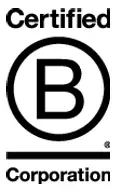Are Water Wings Safe?
Water wings, also known as arm floaties, have been a popular swimming aid for young children for decades. Parents often use them to help kids stay afloat and gain confidence in the water. However, while they may seem like a convenient solution for water safety, many experts and swim instructors caution against their use. The best way for your children to learn how to swim safely is to join Ocaquatics Swim School.
The Purpose of Water Wings
Water wings are inflatable armbands that provide buoyancy, helping children stay afloat while they are in the water. They are usually marketed as swim safety devices to assist non-swimmers in learning how to swim. Parents and caregivers may use them under the assumption that they provide an added layer of safety during pool or beach outings.
The Risks of Water Wings
Water wings, typically seen as a convenient way to help children stay afloat in the water, pose several hidden risks that can create a false sense of security for both children and parents. While they may offer temporary buoyancy, they don’t teach children essential water safety skills and can even hinder their ability to become independent swimmers. Below are some of the key concerns associated with water wings:
False Sense of Security
One of the most significant dangers of water wings is the illusion of safety they create. Children who use water wings may feel overly confident in the water, believing they can stay afloat without assistance. This false sense of security can lead them to venture into deeper water or attempt to swim without realizing their true ability.
Similarly, parents may assume their child is safe when wearing water wings, leading to decreased vigilance. However, these floatation devices are not a substitute for close supervision, and accidents can happen in a matter of seconds.
Incorrect Body Positioning
Water wings keep a child’s arms elevated, which forces their body into a vertical position in the water rather than a natural swimming position. This posture is counterproductive to proper swimming techniques, as it prevents children from learning to float or propel themselves forward using their arms and legs.
Proper swimming form requires a horizontal body position, which water wings actively discourage. As a result, young kids who rely on water wings may struggle to transition into learning real swimming skills.
Risk of Deflation or Slipping Off
Unlike properly fitted U.S. Coast Guard-approved life vests, water wings are inflatable and prone to deflation. A sudden puncture or slow air leak can cause them to lose buoyancy without warning.
Water wings can easily slip off a child's arms, especially when wet. If a child suddenly finds themselves without support in deep water, they may panic, increasing the risk of drowning. Because these devices aren’t securely attached, they provide an unreliable and dangerous method of floatation.
Not a Substitute for Supervision
Many parents mistakenly believe that water wings will keep their children safe, leading them to reduce their level of supervision. However, water wings aren’t classified as life-saving devices and should never replace active adult monitoring.
The U.S. Coast Guard doesn’t approve water wings as personal flotation devices because they don’t meet the safety standards required for water protection. Parents should always stay within arm’s reach of young swimmers and choose safer alternatives, such as swim lessons and properly fitted life jackets.
Delayed Water Safety Skills Development
Children who become dependent on water wings may take longer to develop crucial swimming skills, such as floating, rolling over, breath control, and independent swimming. These skills are essential for real water safety, and over-reliance on floatation devices can delay their progress.
By focusing on proper swim training rather than artificial buoyancy, children can gain the confidence and ability they need to swim safely on their own.
Safer Alternatives to Water Wings
Given the risks associated with water wings, many swimming professionals, including the instructors at Ocaquatics Swim School, recommend using safer and more effective tools for water safety and swim instruction.
Swim Lessons with Trained Instructors
Enrolling children in formal swim lessons at a reputable swim school is one of the best ways to ensure water safety. Professional instructors use research-based techniques to help children develop confidence and real swimming abilities. These lessons also teach essential survival skills, such as floating, treading water, and safely exiting the pool.
U.S. Coast Guard-Approved Life Jackets
If a child needs extra support in the water, a properly fitted, U.S. Coast Guard-approved life jacket is a much safer option than water wings. These jackets are designed to keep children afloat in a way that supports proper swimming posture. Unlike inflatable devices, they’re built to stay securely in place, reducing the risk of slipping off or deflation.
Pool Noodles and Kickboards
Pool noodles and kickboards can be excellent tools for teaching children to swim while allowing them to practice correct positioning and movement in the water. Unlike water wings, these tools help children build strength and coordination while still requiring them to engage their core and limbs for balance.
Hands-On Supervision
The most important safety measure is direct adult supervision. Parents should always be within arm’s reach of young children in the water, regardless of what flotation devices they use. Constant, active supervision can prevent accidents and ensure immediate assistance if a child struggles in the water.
Ocaquatics Swim School’s Approach to Swim Safety
At Ocaquatics Swim School, the focus is on teaching children to become safer, more comfortable, and more responsible in, on, and around the water. With five indoor pool locations in Miami, Ocaquatics provides a structured and supportive environment where children can learn essential swimming skills without relying on flotation devices like water wings.
Ocaquatics believes in building lifelong water safety skills through a progressive, child-centered approach. The school’s method emphasizes:
- Water acclimation and breath control: Infants and toddlers begin with foundational skills that help them become comfortable in the water while learning to hold their breath and control their movements.
- Progressive swim skills development: Children learn essential techniques such as floating, rolling over, and reaching safety independently. These skills are vital in preventing water-related accidents.
- Small class sizes and structured lessons: With low student-to-instructor ratios, children receive personalized attention that fosters skill development at their own pace.
- A fun, engaging learning environment: Ocaquatics incorporates games, songs, and positive reinforcement to ensure children develop a love for swimming while gaining confidence in their abilities.
Unlike flotation devices, which create a false sense of security, Ocaquatics’ swim programs focus on true skill acquisition, ensuring that children develop real-world water safety techniques. The school's experienced instructors work closely with families to reinforce safe swimming habits beyond lessons.
With a focus on hands-on learning and water safety education, Ocaquatics Swim School helps children build the skills and confidence they need to enjoy the water safely for a lifetime. Whether your child is just starting or advancing their swimming abilities, Ocaquatics provides a nurturing environment where safety and fun go hand in hand.
Prioritize Your Child’s Water Safety: Enroll at Ocaquatics Swim School
Ocaquatics Swim School is dedicated to fostering a love of swimming while prioritizing safety, ensuring that children learn the skills they need to be confident and independent swimmers. If you’re ready to invest in your child’s water safety, consider enrolling them in a structured swim program that emphasizes real skills over temporary flotation devices. Call or text us at 305-969-7946 or contact us online.





